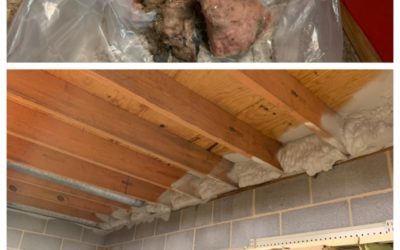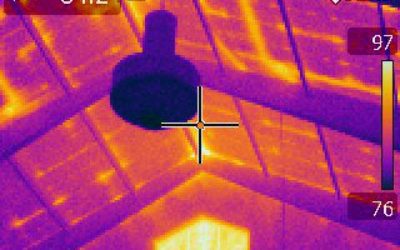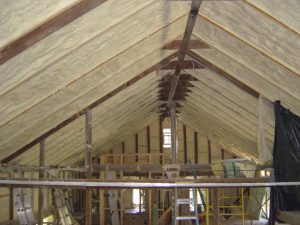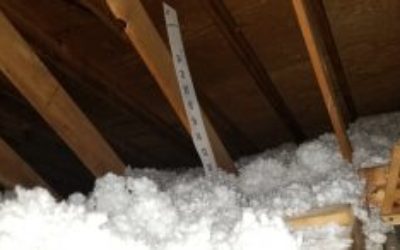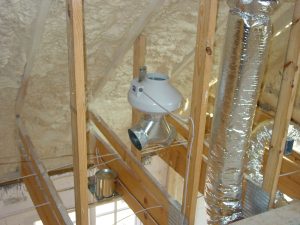We have never thought so much about the air we breathe as we do now. After a year of working remotely, I returned to the office this week, sharing space with four other businesses. I also had a few people drop-in, from delivery drivers to clients to friends that I had not seen in a year. This was a huge change after a year of almost never leaving my house. Of course, after this past year of a virus that spreads through airborne particles, this is a huge change. The air we breathe has a direct impact on our health and mine and the design of our buildings matters.
Energy-efficiency home hacks
Here are some energy-efficiency blog posts I have written over the years. I hope these will help you narrow down those vampire loads, cold room mysteries, high energy bill conundrums, and generally help you save money, live more comfortably, and improve your indoor environmental quality.
Quality matters for insulation installation and maintenance
Conducting energy audits is a great tool for finding and addressing many common maintenance...
Is Your House Cold Every Morning? Learn How To Fix It
The cold weather is coming! But you might already feel it if your house is cold every morning. Do...
Spray Foam Insulation: Common Questions Answered from Elite Insulation
Should you use spray foam insulation on your next project? Common questions answered by Ken Wells...
Attic Insulation Will Make Your Home More Comfortable and Energy Efficient
It certainly has gotten cold here. As I write this, it is 17 degrees outside and the high for...
Your attic can tell you if your home is energy efficient
Your attic can tell you if your home is energy efficient
Need a little more space? Finish your basement.
Need a little more space? Finish your basement, but have a solid plan in place first. Here are 10...
Does My Attic Have Enough Insulation?
This time of year we always add a blanket to our bed to stay warm at night. It is cold! In order...
Does My Attic Have Enough Insulation?
This time of year we always add a blanket to our bed to stay warm at night. It is cold! In order...

